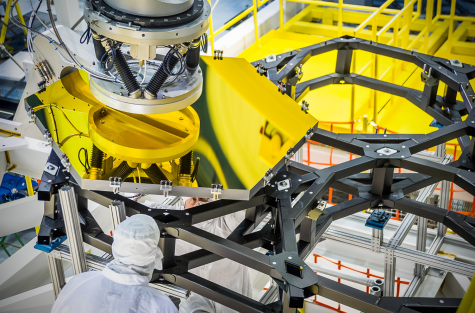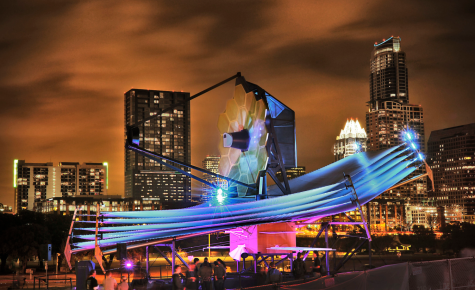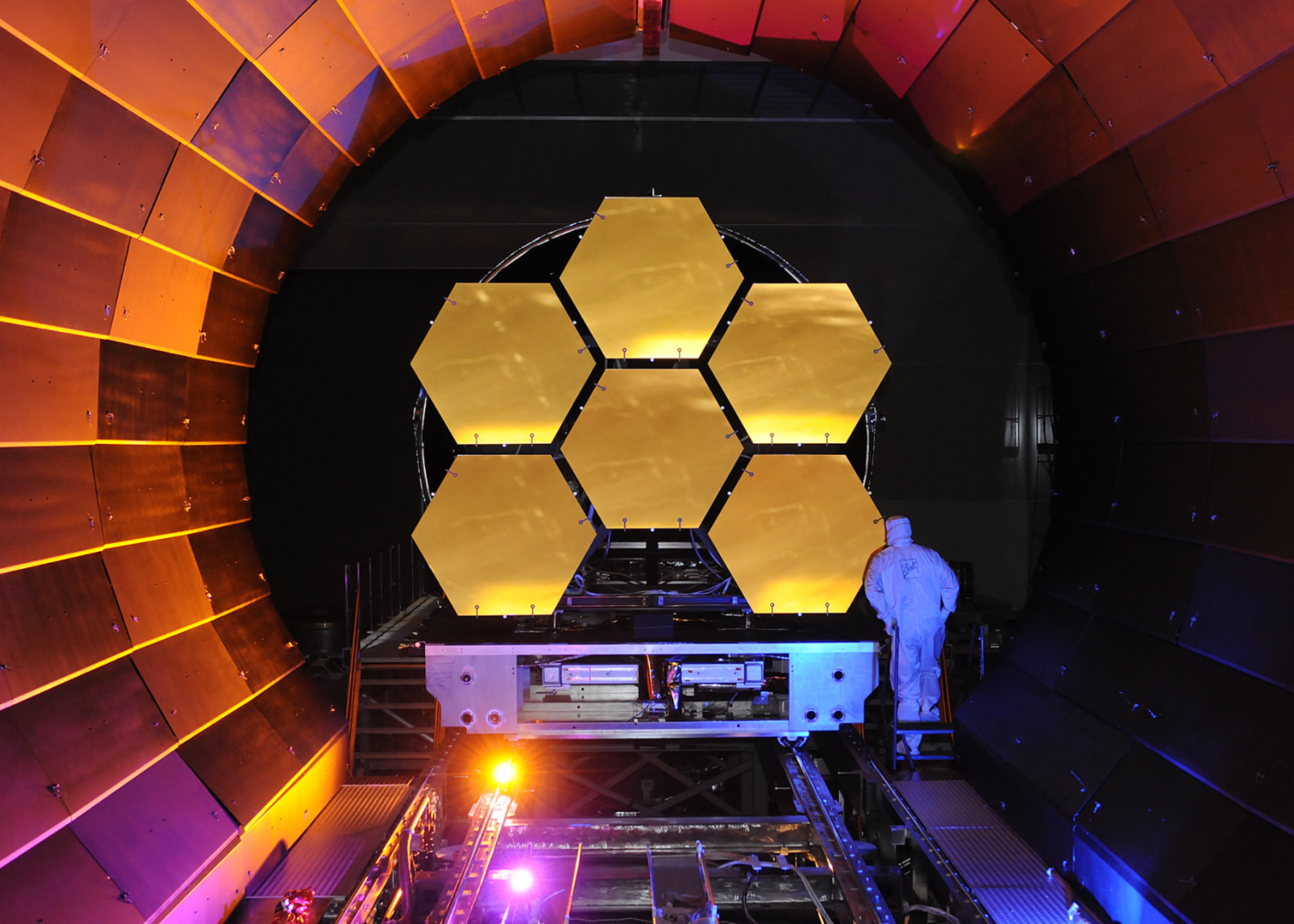Kahric shoots for the stars
March 8, 2022
After Zoron Kahric and thousands of other NASA engineers poured their time, energy, and materials into a project that took 20 years to finish, the James Webb Space Telescope was finally ready to be launched on December 25th, 2021.
Kahric was one of the many people that contributed to the development of the largest, and most powerful telescope. He claims that the telescope “is able to capture images that are millions of miles away. This allows us to see what space looked like a long time ago, and how we began existing.”
During the creation of the telescope, Kahric and his team worked on designing the shutters for the telescope that allowed them to focus in on stars that could previously never be seen before. But the development of such a powerful and advanced telescope didn’t come without its setbacks.

According to Kahric, “each of these shutters is roughly the size of two or three strands of hair, when sliced across. And on top of that, these shutters can only function at a few degrees above absolute zero in order to avoid background noise and light from other sources.”
So how do the NASA engineers create and test these shutters?
Well, it starts with the shutters being placed in a chamber that acts as a vacuum in order to minimize the amount of sunlight and air introduced. The engineers then use a microscopic tool in order to test the shutters and see if they open properly.
Kahric claims that this is the most time consuming process as many shutters became warped when they were opened and closed, forcing his group to restart their work.
And to top it off, Kahric stated that the telescope, “will be placed roughly a million miles away, on the side of the moon that has remained unexplored.”

With placement like this, the engineers have to make sure that every part of the telescope works perfectly, since it would be almost impossible to send people to fix it, after it is launched into space.
Kahric reveals that sometimes millions of dollars and resources are poured into a project, before realizing that they have to completely scrap the project. And unfortunately, this happened several times when building the telescope.
He goes on to say, “many times we’ve been designing things for several weeks and then we have to change one thing and all of a sudden the whole thing stops working.”

However, Kahric also claims that because of NASA’s diverse range of engineers and scientists, their varying perspectives help provide a fresh outlook on every project. “I mean, anytime I need a solution to a problem, I can always bring someone from somewhere else to help me because there are always solutions.”
He goes on to say that for students interested in going into aerospace engineering, “you will not become a millionaire by doing this job, and you will not have a regular 9-5 job. But what you will have is the ability to eventually say that you created something new that will hopefully help a lot of people.”


